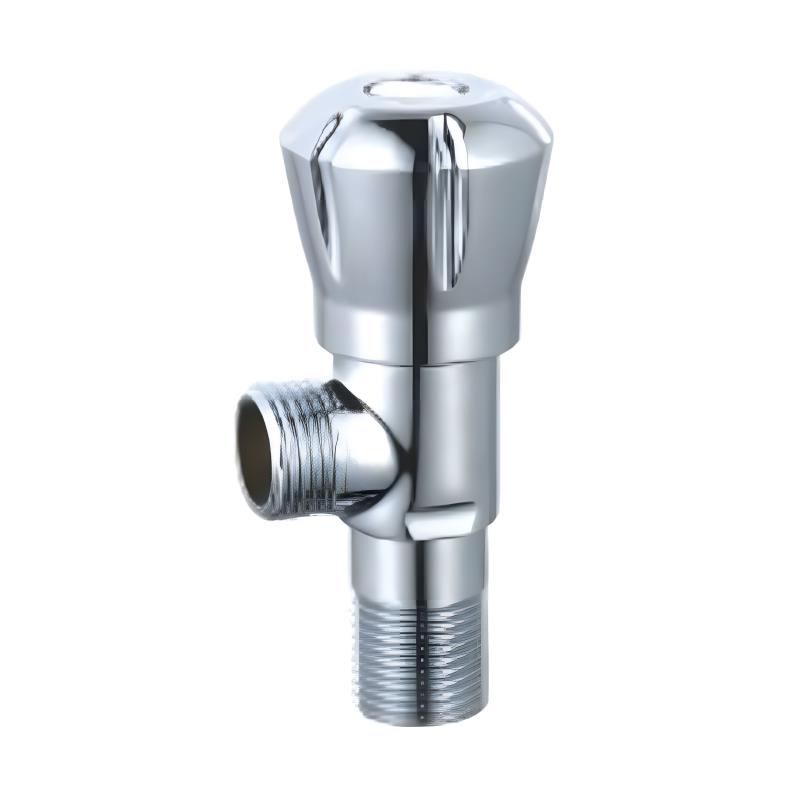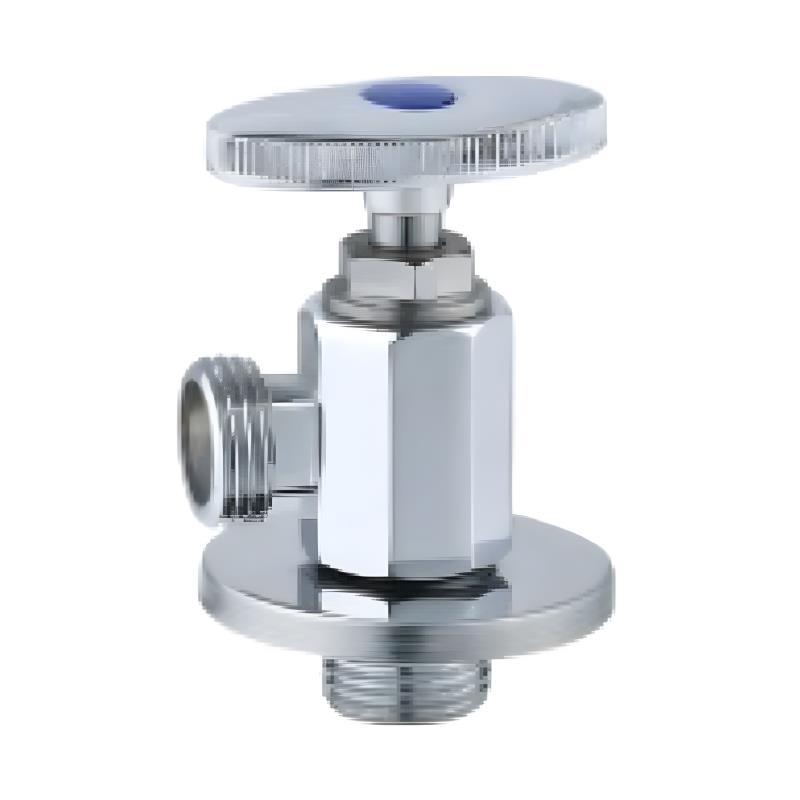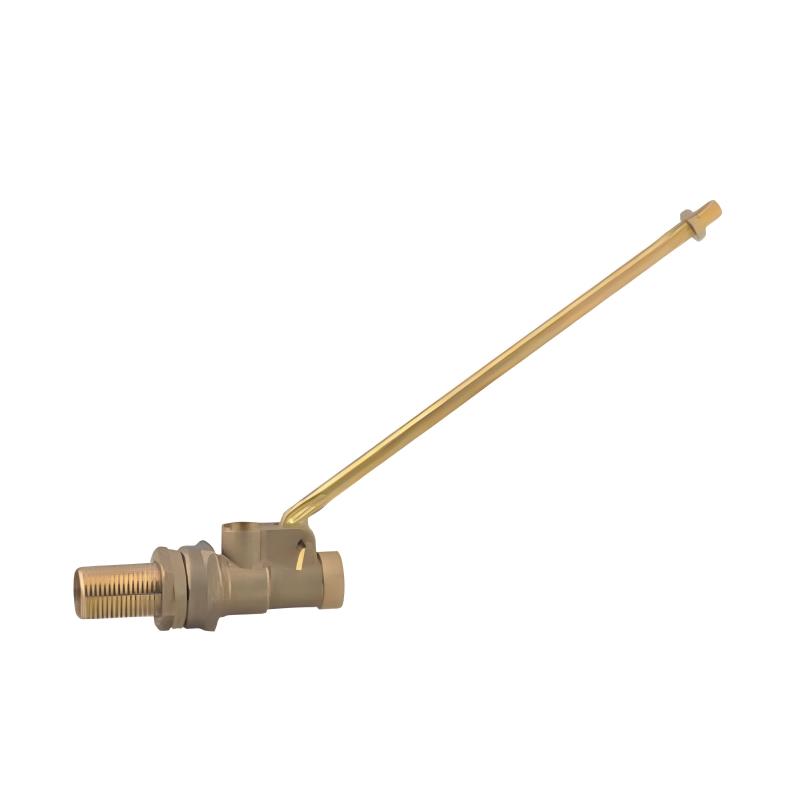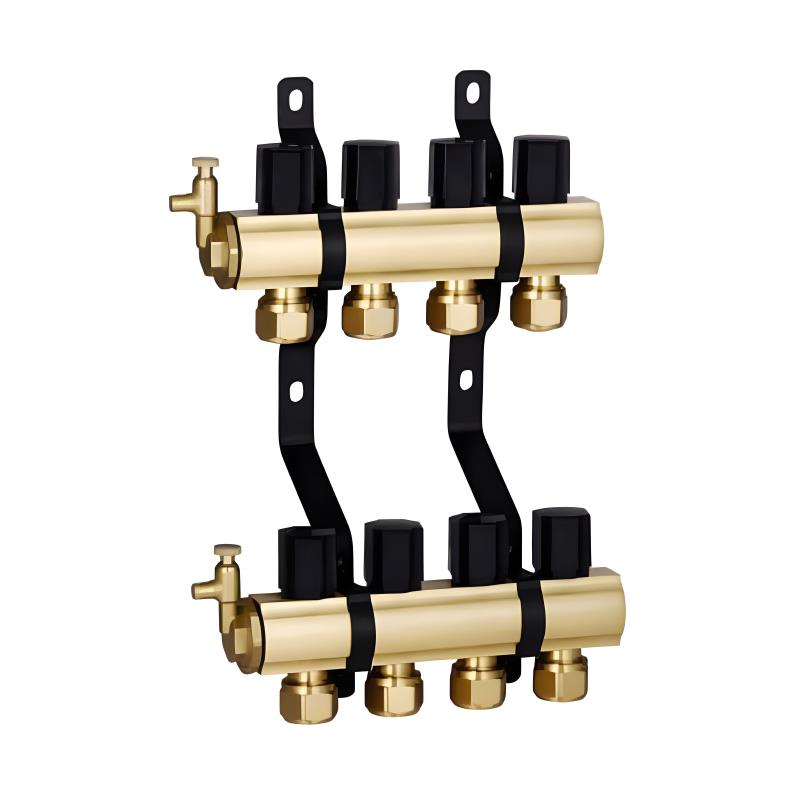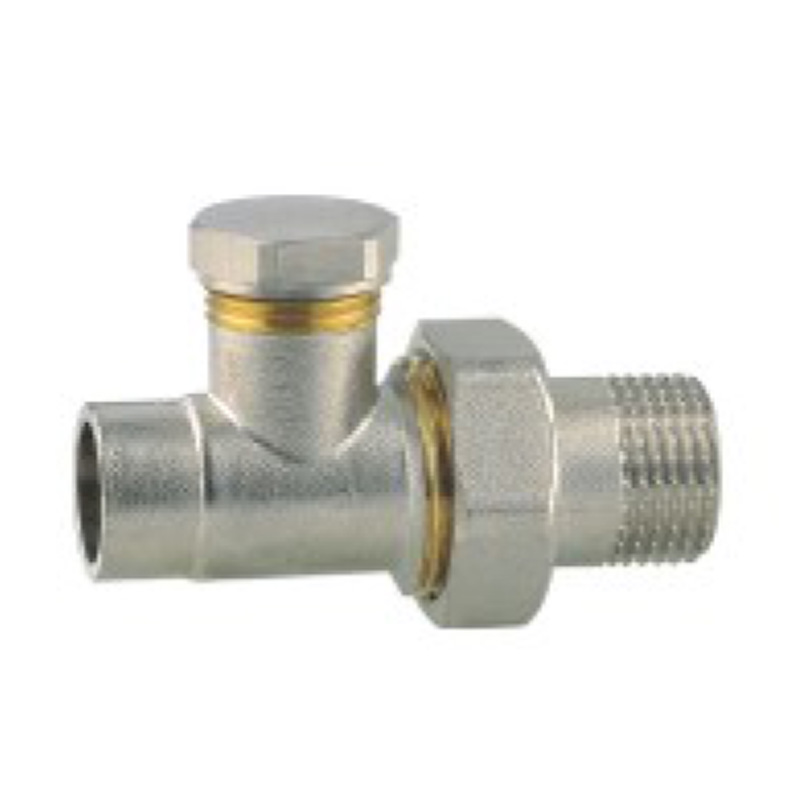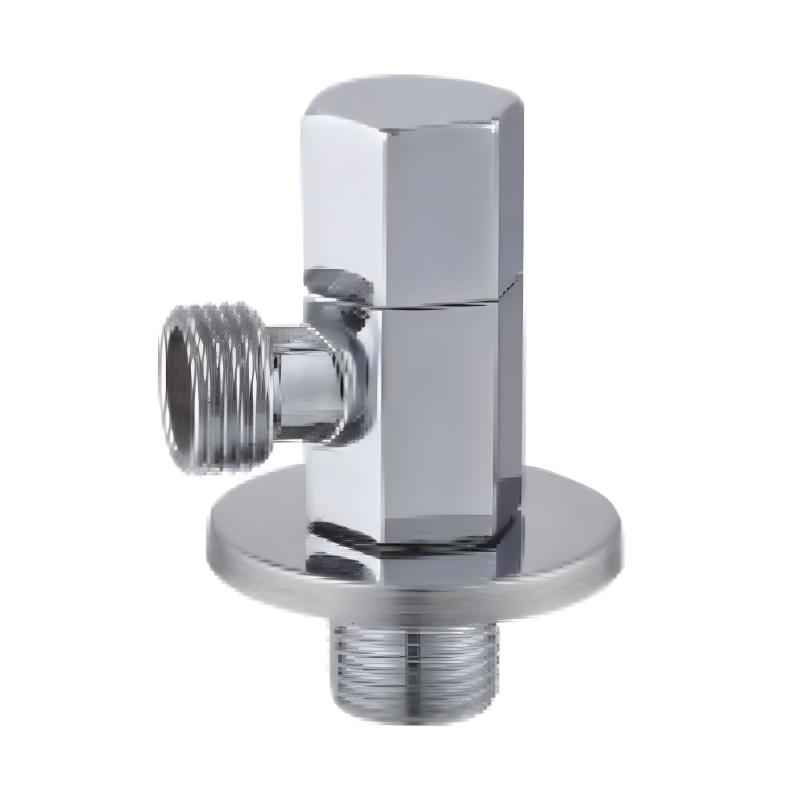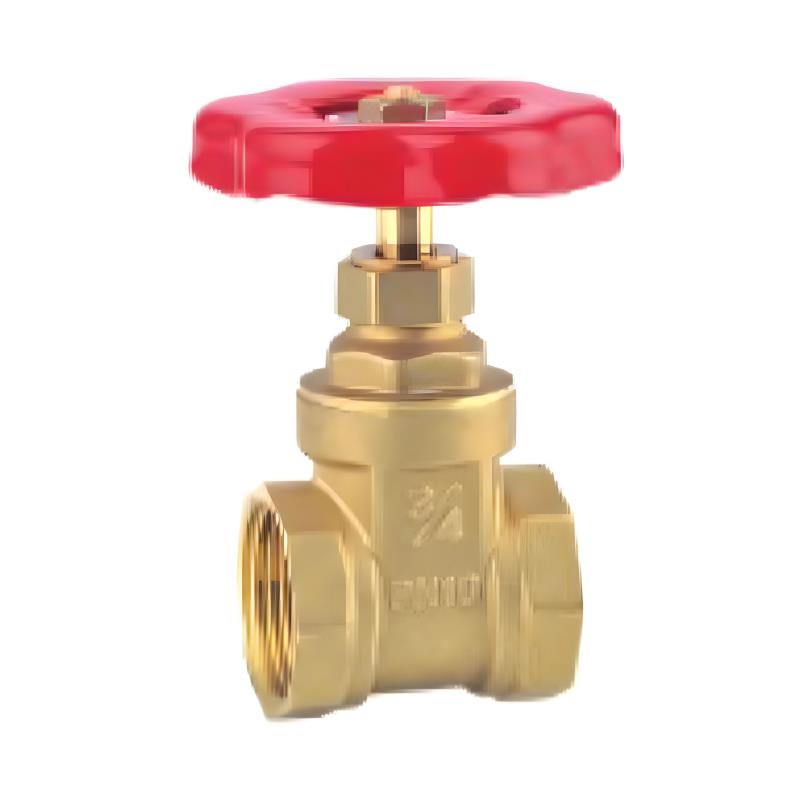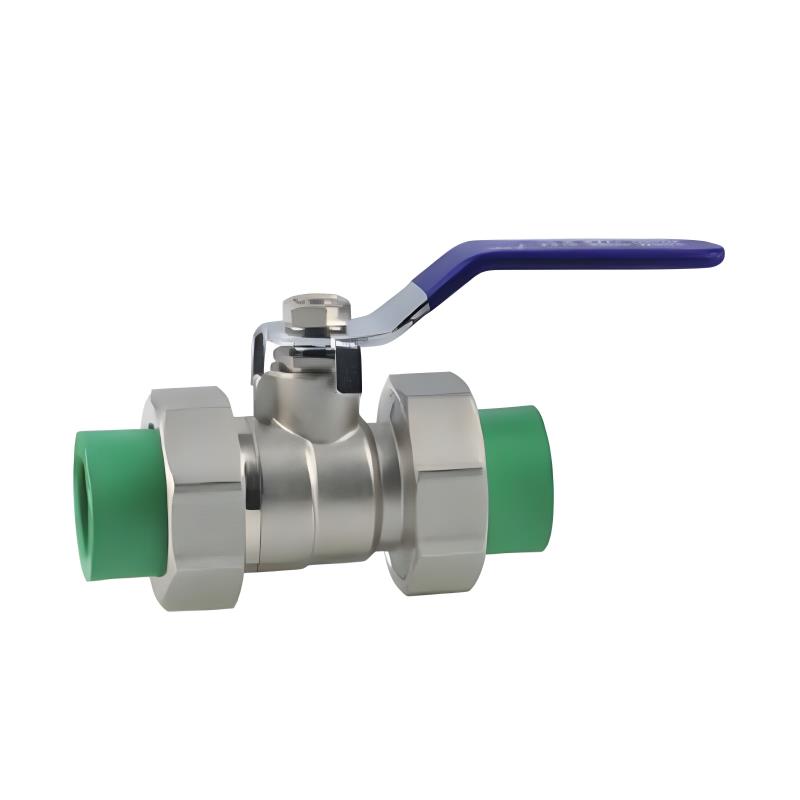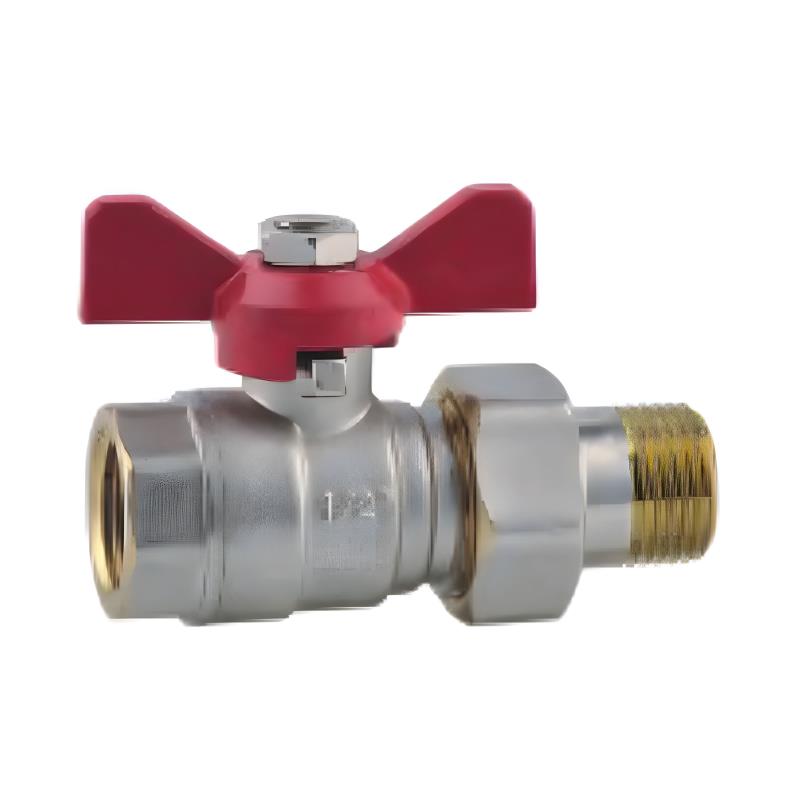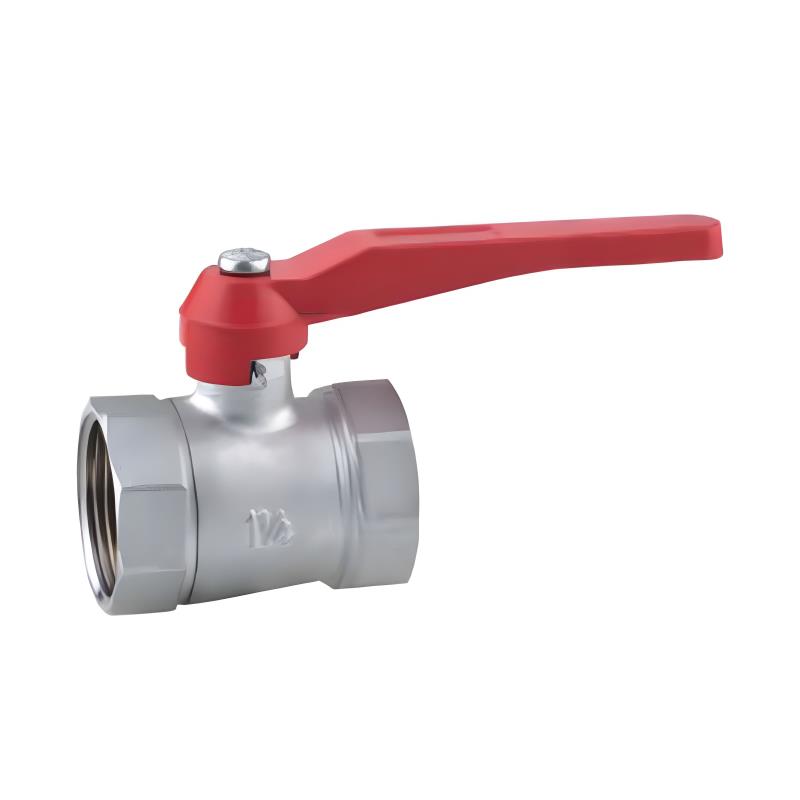Submit feedback
Molecular Fusion Propels PP-R Inserts to Forefront of Leak-Free Plumbing?
The relentless pursuit of truly permanent, zero-leakage connections is driving unprecedented adoption of PP-R inserts across global construction and plumbing sectors. Unlike traditional fittings, PP-R inserts achieve structural integrity through molecular fusion, fundamentally transforming joint reliability.
The Science Behind Seamless Integration
At the heart of every PP-R insert lies a revolutionary bonding principle. During heat fusion, polypropylene random copolymer in both the PP-R insert and adjoining pipe undergoes controlled melting. As materials cool, polymer chains interdiffuse across the interface, creating a monolithic structure indistinguishable from a continuous pipe.
"It’s not merely sticking parts together," explains Dr. Lena Müller, materials engineer at AquaSystems GmbH. "When properly executed, the PP-R insert disappears molecularly into the pipeline. This eliminates the weak plane inherent in mechanical joints." Independent lab tests confirm fused PP-R insert joints withstand internal pressures exceeding 25 bar at 20°C—surpassing most pipe ratings themselves.
Silencing the Leak Epidemic
Traditional metal-threaded connections remain vulnerable to cyclic stress. A 2023 European Plumbing Association study attributed 68% of commercial building leaks to differential thermal expansion between metal fittings and plastic pipes. PP-R inserts circumvent this entirely through coefficient of thermal expansion (CTE) matching.
Vancouver-based contractor NovaFlow witnessed this firsthand after retrofitting 42 high-rise apartments. "We replaced 1,200 brass compression fittings with PP-R inserts, reports project lead Michael Chen. "Three annual thermal cycling tests later—zero joint failures. The identical CTE of pipe and PP-R insert prevents seal fatigue."
Defying Mechanical Forces
The structural superiority of fused PP-R inserts manifests dramatically in pull-out resistance. Where mechanical joints rely on friction or teeth, molecular bonds anchor PP-R inserts with extraordinary tenacity.
Certification body NSF International’s testing reveals startling data:
Average pull-out strength of threaded connections: 1.2 MPa
Epoxy-bonded joints: 2.1 MPa
PP-R inserts thermally fused to pipe: 3.8 MPa
Singapore’s Marina Bay Cooling Plant exemplifies this strength. Its chilled water network employs over 15,000 PP-R inserts supporting heavy valve assemblies. "Vibration from pumps used to loosen threaded fittings monthly," recounts chief engineer Rajiv Singh. Since switching to PP-R inserts four years ago, not one pull-out incident. Maintenance costs dropped 40%."
Hospital Project Validates Life-Cycle Dominance
The most compelling validation comes from Munich’s St. Katharina Medical Center. Its 2021 expansion specified PP-R inserts exclusively for all 8 km of potable water and medical gas lines.
"Sterile environments cannot tolerate leaks," emphasizes facility manager Eva Bauer. "Threaded joints behind walls were unacceptable risks." Five years post-occupancy, the hospital reports:
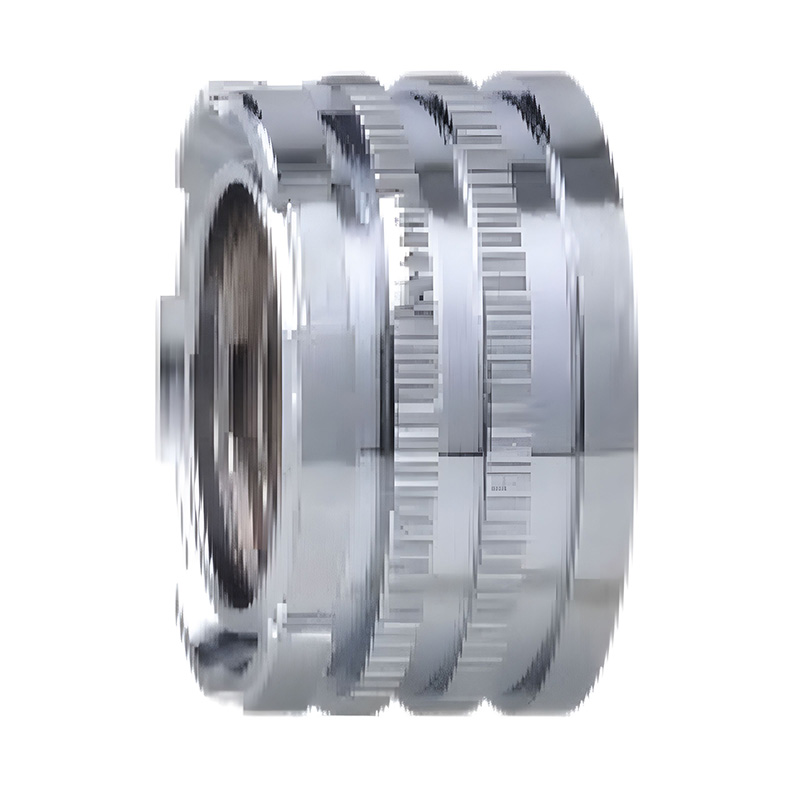
Zero leakage incidents across 5,420 installed PP-R inserts
75% reduction in joint inspection labor versus original metal-fitted wings
No degradation in PP-R insert joints despite frequent high-temperature sanitization cycles
Third-party pressure testing conducted in March 2024 showed no deviation from original installation values across any sampled PP-R insert connection.
Industry Shift Accelerates
Manufacturers are responding to proven performance. Georg Fischer, Uponor, and Aquatherm now offer PP-R inserts pre-integrated into valves, pumps, and manifolds. "Designers specify entire systems around PP-R insert compatibility," notes Uponor’s product director James Holt. "It’s becoming the baseline for quality."
Installation protocols are also evolving. Fusion equipment makers like Rothenberger and WIDOS now feature PP-R insert-specific temperature profiles and alignment tools. "Precision matters," states WIDOS engineer Sofia Ricci. "Our auto-sensing irons guarantee perfect PP-R insert fusion depth every time."
Future-Proofing Infrastructure
As water conservation regulations tighten globally, the leak-proof guarantee of PP-R inserts gains regulatory traction. California’s Title 24 standards now recommend fused joints for all new municipal water infrastructure. Similar proposals are advancing in the EU and Japan.
"We’re beyond ‘advantage’—it’s about responsibility," concludes GreenBuild Council’s water specialist Amir Khoury. Specifying PP-R inserts eliminates a major source of water waste. That molecular bond isn’t just strong; it’s sustainable." With stress-free service lives exceeding 50 years validated in multiple studies, the PP-R insert transition represents not merely an improvement, but a permanent solution to plumbing’s oldest failure mode.
 +86-13989680588
+86-13989680588 graylin@hongjiavalve.com
graylin@hongjiavalve.com 
